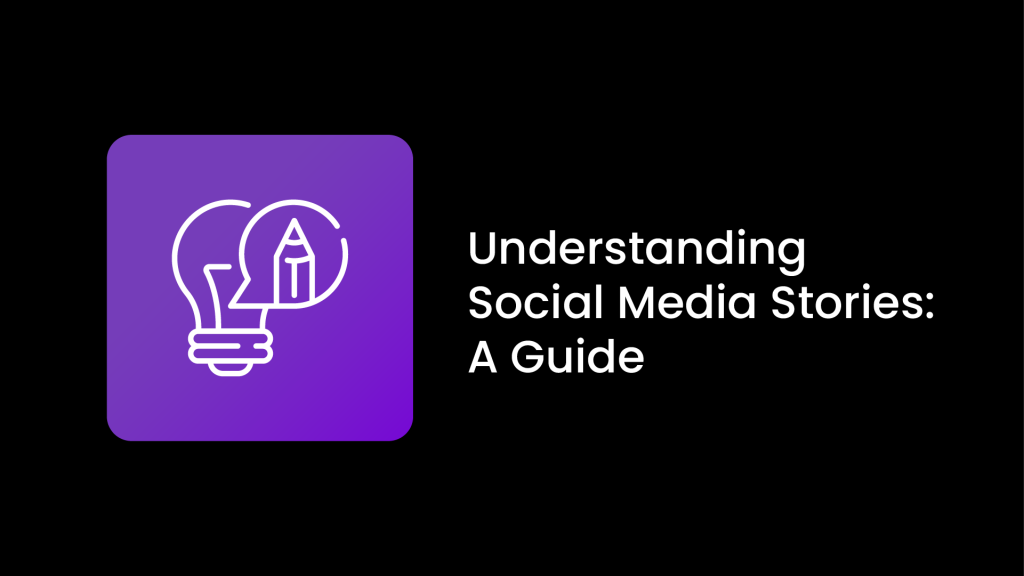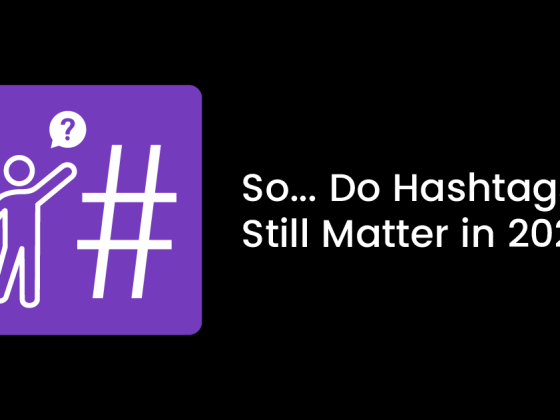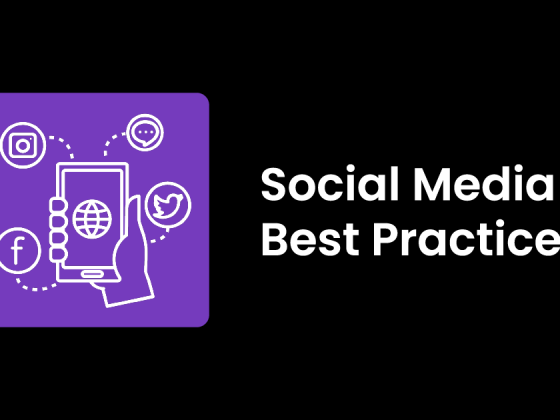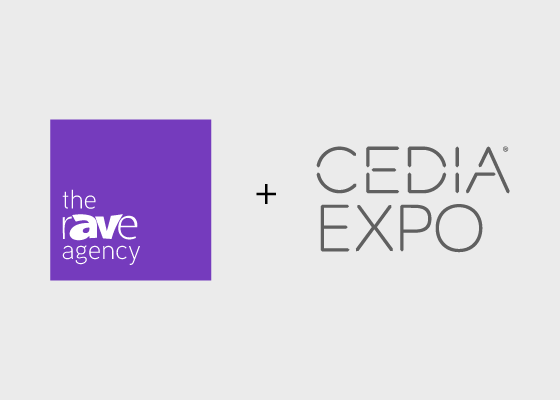New features are frequently introduced on social media platforms, and “stories” is one popular example from recent years. Social media stories are short photo or video clips that appear on a user’s profile for only 24 hours. The concept originated on Snapchat and following its success, Instagram, Facebook, Pinterest and, more recently, TikTok jumped on the bandwagon.
Stories are typically more casual or candid than a regular post and tend to lean toward the “behind the scenes” of a business, sometimes highlighting announcements or links to a specific product or blog. Viewers can choose to watch a story in its entirety or tap through and skip to the next one. Stories are also used to promote recent content as a way to reshare a post onto your story from either your own account or another that has mentioned you in a post.
Social media stories provide a way to show the real people behind your professional feed and make your audience feel more connected to your brand. The following highlights some key features and differences between the most popular platforms for stories.
Snapchat
Snapchat was the pioneer of disappearing content; it has used the stories concept since 2011. To access Snapchat Stories, click on the “discover” tab to see stories from your added friends, businesses and other sponsored content. You can also subscribe to company or celebrity accounts to ensure that their content will always appear at the top of the page. Snapchat Stories have the ability to be more long-form than those of other platforms; most social media platforms only allow for 10-20 second videos, but Snapchat has a maximum of 60 seconds. This platform is perfect for reaching the Gen Z demographic, the age group most engaged in Snapchat.
Instagram
Instagram Stories appear at the top of a user’s feed as circular icons with each account’s profile picture and username. These stories tend to be more versatile and engaging than those of some of the other platforms, and you can add polls and question boxes for viewers to interact with and form relationships with your brand. Instagram provides many filters, effects and other features to enhance stories, ensuring that you can put a personalized touch on your content. You can also save these stories as “highlights” after the 24 hours is over so that they will still be accessible on your profile.
Facebook
Just like other platforms, Facebook Stories appear at the top of the app window, with the name of the creator and a preview of the content. Being at the top of the feed, the stories are easier to see than if they appeared on the ever-crowded Facebook newsfeed; posting Facebook Stories can be beneficial for your business as viewers don’t have to scroll through a crowded feed to find what you are promoting. Stories posted to Instagram can be linked to Facebook and simultaneously posted there.
Pinterest
Unlike the other platforms, Pinterest Stories don’t disappear after 24 hours, they instead move over to your profile page as a story. As a brand, you can edit the cover art, images and fonts to match your theme and help create a cohesive image. In addition, you can provide extra details, such as a description and keywords, to help promote the story to those searching for similar content.
The best way to achieve success with social media stories is to post quality content on a regular basis. Posting stories more often than actual posts can reach your audience extremely effectively as your story content will be concentrated at the top of the page in one easily viewable spot.
Be sure to post content that is relevant to the here and now, and that will provide your audience with useful information or insight into your company culture. rAVe [CREATE] has proven success in social media marketing for the AV industry.




